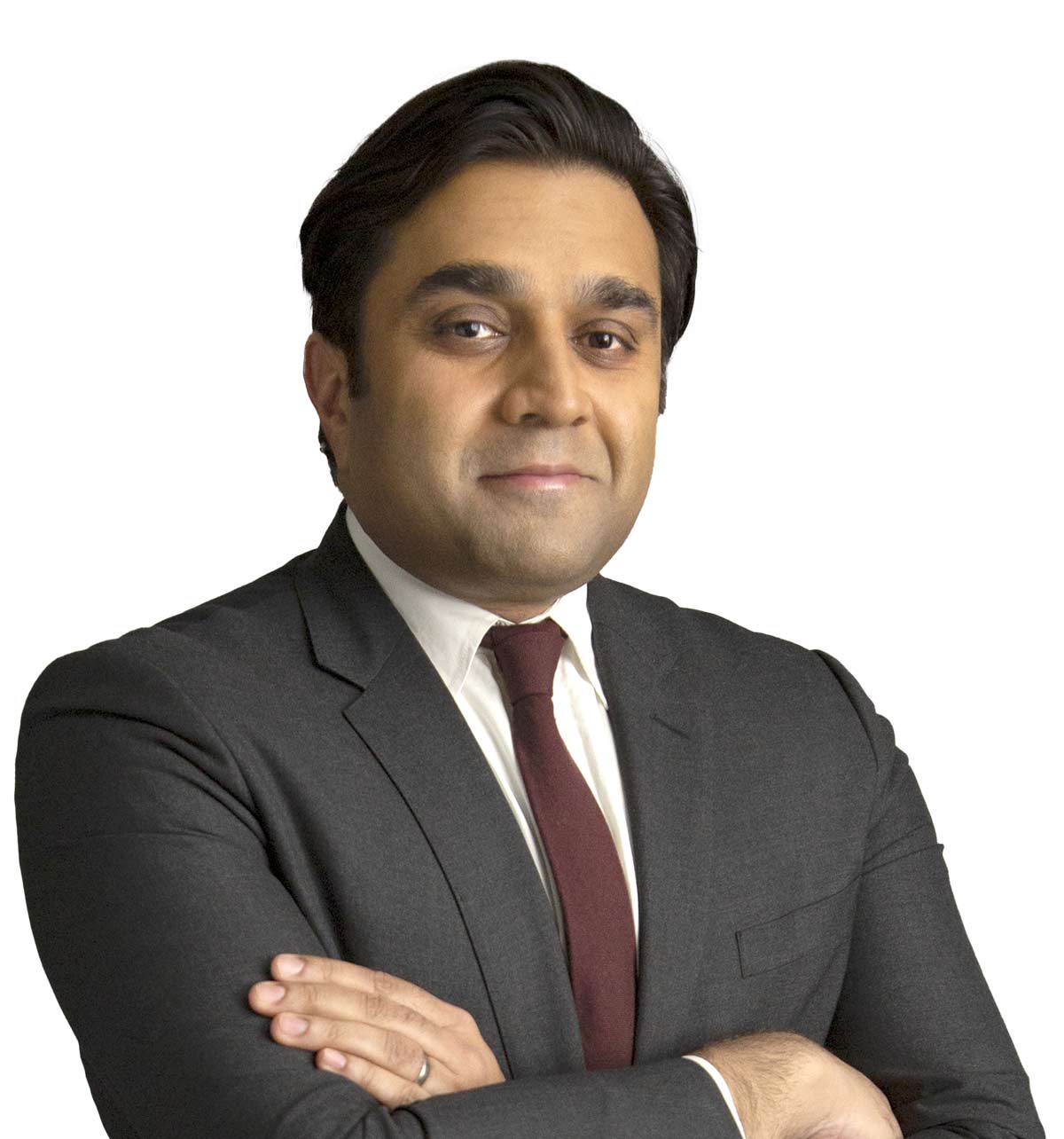Fern Gillespie
New York City youth are facing a mental health crisis, and City agencies are pointing to social media as part of the problem. Mayor Eric Adams’ administration has filed a lawsuit to hold five social media platforms — TikTok, Instagram, Facebook, Snapchat, and YouTube — accountable for fueling a nationwide youth mental health crisis.
New York City has joined hundreds of school districts from across the country in filing litigation seeking to force tech giants to change their behavior and to recover the costs of addressing this public health threat. The city spends more than $100 million on youth mental health programs and services each year.
Research has shown that social media can sometimes have dangerous mental health effects on Black youth. A study conducted at Yale School of Medicine said Black teen girls using social media platforms often experience “racism and bias, such as being associated with Black stereotypes, cultural invalidation, and being accused of ‘acting white.”
Many of the Black teen girls also believed that their hair type or skin tone wasn’t valued because “mainstream narratives perpetuate white normative beauty standards.” The Journal of Applied Developmental Psychology found that Black teens reported experiencing an average of five instances of racial discrimination per day, mostly online. A study by the Society for Adolescent Health and Medicine reported that African American and Latinx adolescents aged 11–19 years have experienced depression and PTSD symptoms from being exposed to traumatic events online.
Our Time Press concludes its three-part series on “Black Youth: Computers, Coding and Social Media” with Dr. Ashwin Vasan, Commissioner of the New York City Department of Health and Mental Hygiene, discussing why he believes the unfettered access and use of social media by youth is a mental health hazard.
Why was it important that the Adams Administration file a lawsuit against social media tech giants for having a damaging mental health influence on New York children?
From setting dangerously unrealistic expectations of body image, to catalyzing and accelerating bullying and abuse, to causing social isolation and exacerbating depression and anxiety, we know that social media can have dangerous ripple effects on our young people. We are working to hold companies accountable while giving communities the tools they need to support healthy habits for the next generation. But it will take all of us to shift the culture.
Why do you think there is a mental health crisis for NYC youth? During 2021, The Adams administration reported that 1 in 10 NYC high schoolers reported a suicide attempt. Also, 38 percent of the city’s high school students reported feeling so sad or hopeless–almost 70 percent higher for female students. Why was the rate of hopelessness higher for NYC Latino and Black students?
There are so many things that impact youth mental health, and while we continue to explore the many factors we are committed to expanding access to mental health resources for students, like NYC Teenspace —a free digital mental health resource for anyone with a New York City zip code between 13 to 17 years old.
Do you think experiencing the COVID crisis and being quarantined had an impact on youth’s increase in social media and also mental health?
The effects of the pandemic will be studied for years to come, but we know the disruption to important social connections and routines had a profound impact on young people.
How can social media tech giants make their platforms safer for young people?
Social media companies can put in place design safety features that protect the mental health of young people and remove toxic elements, while still offering the benefits of community and support to young people.
What do you consider healthy social media use for young people? What is healthy screen time?
There is not enough evidence to determine if social media is sufficiently safe for children and adolescents at any age. We understand that these sites can foster community, but unregulated access can have damaging impacts on still-growing minds. Using the features within these apps, like privacy settings, blocking content that you find distressing and setting limits on screen time can help; stepping away from a screen and engaging with the community around you can be a positive switch.
Reports state that social media use now begins with infants. What is the most important rule that parents and caregivers can do to safeguard youth on social media?
Families have to decide what works best for them but we encourage delaying access to social media until at least 14. For New York City teenagers, that means shifting to high school, commuting more and increased independent socialization.
How can educators, healthcare workers, faith leaders and community organizations get involved in creating positive outlets for youth to balance their use of social media?
As a doctor, as a public servant and, above all, as a parent, I want to do everything I can to protect kids and families. I know firsthand that it can be difficult to navigate these conversations but I encourage open-minded conversation about social media use, and for adults to lead on screen-free time. It’s not always easy, but I make an effort to be present and off my phone while I’m with my own children.
For more information on NYC youth and social media, check out the advisory issued by the NYC Department of Health and Mental Hygiene that includes links to toolkits and curriculum.


